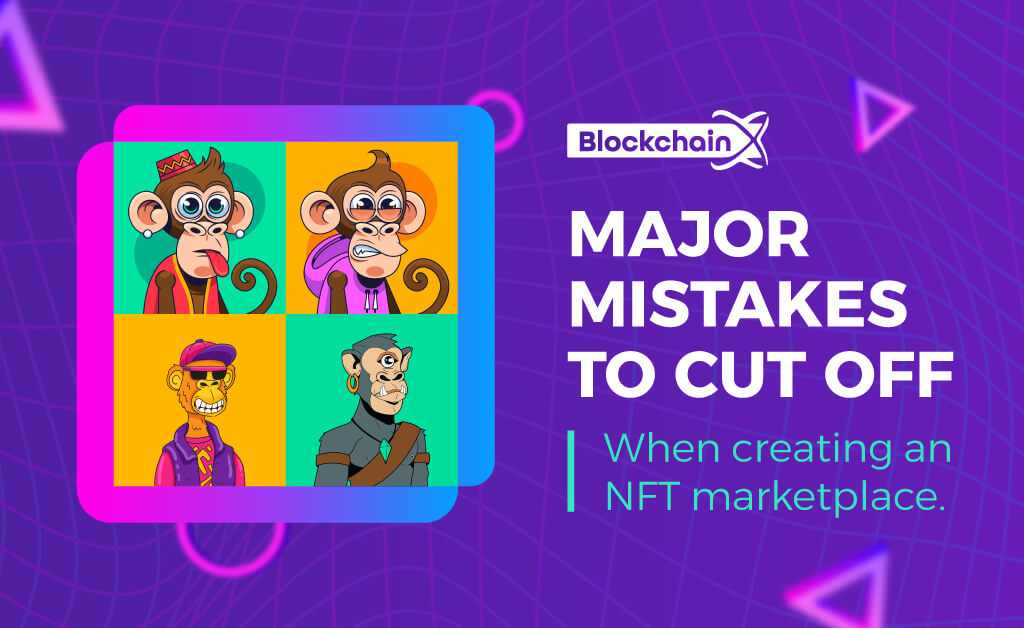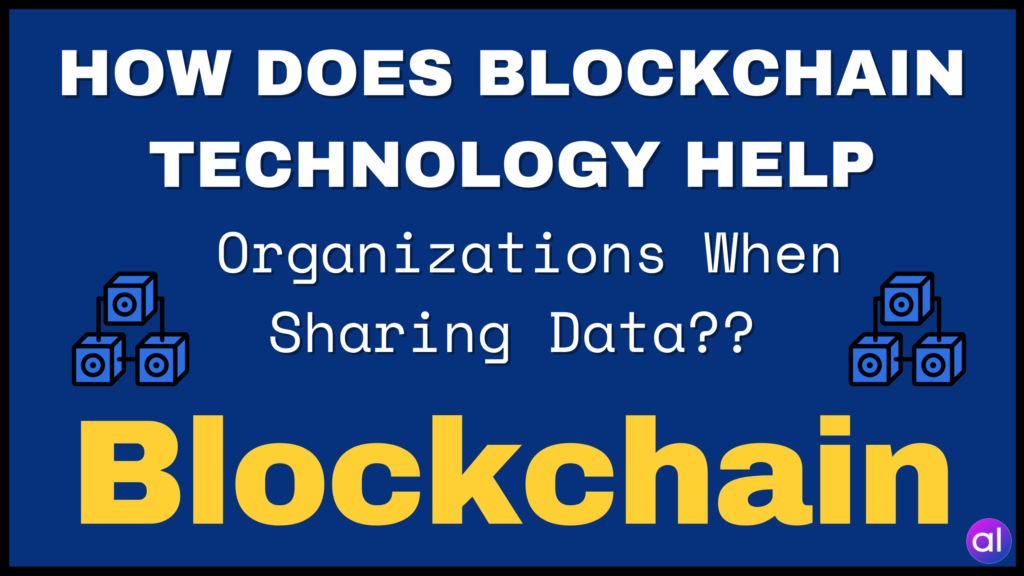
The NFT marketplace has become increasingly popular recently with the rise of NFTs. An NFT marketplace is a virtual platform where digital tokens can be bought, sold, or traded.
Developing an NFT marketplace is both intriguing and challenging. However, this marketplace presents numerous opportunities for developers, buyers, and sellers alike.
If you are considering creating your own NFT marketplace, it is crucial to be aware of common mistakes to avoid. In this blog, we highlight some of these mistakes to help you navigate the process.
What is an NFT Marketplace?
An NFT Marketplace is an online platform based on blockchain technology for buying and selling Non-Fungible Tokens (NFTs). Users can trade digital assets or NFT tokens using NFT cryptocurrency on this platform. Unlike traditional markets, this digital marketplace facilitates the trading of digital assets.
If you are curious about the necessity of an NFT marketplace, it serves as a platform for buying and selling digital tokens that represent ownership and authenticity of various forms of art, games, audio, video, and other creative outputs.
Now that you have an understanding of what an NFT Marketplace entails, let’s delve into the key points.
Working Steps of an NFT Marketplace
1. Signing Up
To begin working in an NFT marketplace, you need a crypto account. Create your account, link it to a supported digital wallet, and complete the process by entering your wallet password.
2. NFT Buying
Buying NFTs can be done through auctions or upfront purchases at a fixed price. Understanding the types of NFTs and their market value is essential for making informed buying decisions.
3. Selling NFTs
Selling NFTs, especially those created by users, can be challenging. You can list your NFTs with a preset price on an NFT marketplace or opt for NFT auctions where the platform verifies the asset before putting it up for sale.
4. Creating an NFT
Ethereum is a preferred platform for developing valuable assets like NFTs. To create your NFT, you will need an ERC-721-compatible Ethereum wallet such as Metamask, Trust Wallet, or Coinbase Wallet. Once set up, you can start minting your NFTs.
Common Mistakes to Avoid in Building an NFT Marketplace
Not following proper NFT guidelines
Adhering to standards like ERC-721 is crucial when building an NFT marketplace to ensure compatibility with other platforms. Conforming to standard structures and naming schemes is essential for generating accessible NFTs.
Receiving data from an unstable database
Storing marketplace information in a digital ledger ensures data immutability and transparency, unlike databases that can be modified by backend users.
Backend Writing Operation using private keys
Using user private keys for backend processes can compromise security. It is essential to maintain a clear distinction between frontend and backend operations in NFT marketplaces.
Inaccurate smart contract architecture
Smart contracts play a vital role in NFT marketplaces, governing operational functions. Developing precise and robust smart contracts is critical for the seamless operation of an NFT marketplace.
Not implementing proper NFT fees
Establishing royalty fees and marketplace commissions in an NFT marketplace benefits both creators and platform operators. Proper fee structures contribute to the financial success of the marketplace.
Using third-party APIs
Utilizing third-party APIs for NFT marketplace data management can introduce vulnerabilities. Storing essential information within the platform reduces dependency on external APIs and enhances security.



